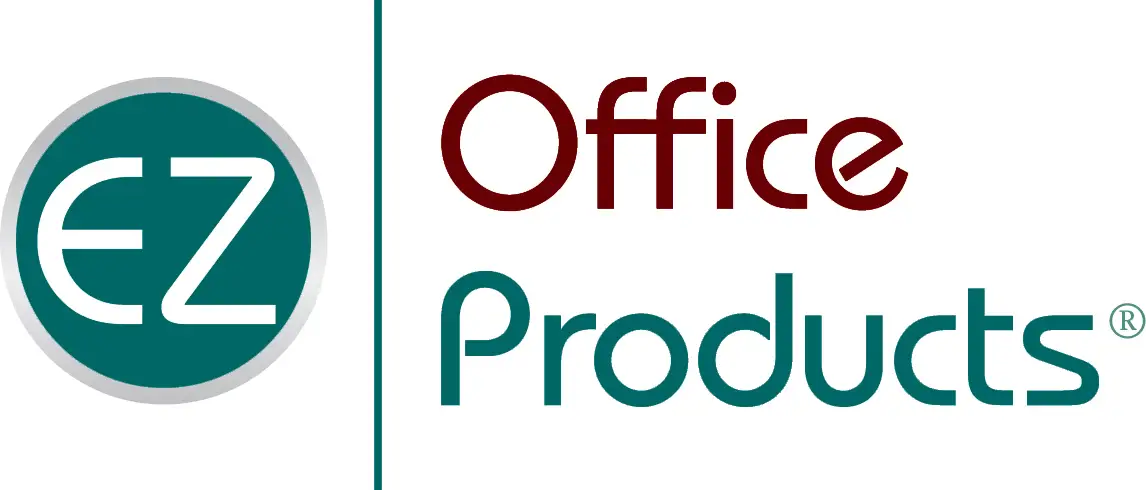With cybercriminals getting smarter and savvier each day, it’s important to stay up to speed on best practices for keeping your personal and professional information secure. In honor of October being Cybersecurity Awareness Month, here are a few do’s and don’ts for cybersecurity at work to protect your information and your organization while using the internet.
Do: Be vigilant against phishing schemes
Gone are the days of being able to easily spot scam emails promising millions of dollars if you just provide your bank account information. Cybercriminals are becoming more and more sophisticated with their attempts to gain access to your information.
For instance, they can “mimic” email addresses, so, at first glance, it will resemble an email coming from within your internal business network but is actually just a “spoofed” email. If you receive an email from a colleague that seems strangely worded or asks for something that seems out of the ordinary, the best thing you can do is give them a quick call to verify that they sent it. Never click any links or open any files in the email until you have verified their origin. Better to be safe than sorry!
Don’t: Use your personal devices for work
Our personal computers and cell phones typically lack the extra layers of security that business IT networks have, making them more vulnerable to attack. If you’re going on vacation or will be out of the office, bring your computer with you to take care of any work-related matters that might arise, so you don’t risk exposing company information via a personal device.
Do: Use more than one password
While it can be challenging to remember multiple passwords and logins, it’s vital to make sure that a cybercriminal doesn’t gain access to all of your sensitive information in one fell swoop. You can keep track of passwords and logins by writing them down and keeping them in a secure location within your office or using a password-protected app. The extra added layers of security may seem inconvenient, but if your information is compromised, you’ll be glad you took these extra steps.
Do: Use a password manager and vault. For years and years, EZ Office Products has been using a password manager program called LastPass and we all love it. There are others to consider, like Bitwarden and 1Password. Nothing is 110% perfect for defense against hackers, but having a solid password manager application will serve you well.
Don’t: Rely on confidentiality disclaimers
Whether you have one on your own emails or you’ve received an email with boilerplate language saying, “This email and attached documents may contain confidential information […] you are not authorized to read it if you are not the intended recipient,” it may surprise you to know that these disclaimers are not legally binding. This language, in essence, attempts to create a contract between the sender and the recipient, but both parties must agree to the contract in order for it to be legally binding. While they may sound official, these disclaimers provide very little in terms of protection from cybercriminals.
The best form of protection against hackers and other cybercriminals is diligence! Make sure your organization’s IT security measures are up to date, and all employees are educated on the safest way to protect their information and avoid phishing emails or malicious links. It may take some time, but if it helps your organization ward off a cyber attack, it’s worth it.
At EZ Office Products, we offer the updated, secure technology equipment your team needs to surf the web and use email safely. Contact our team or request an online account to browse our store today!
